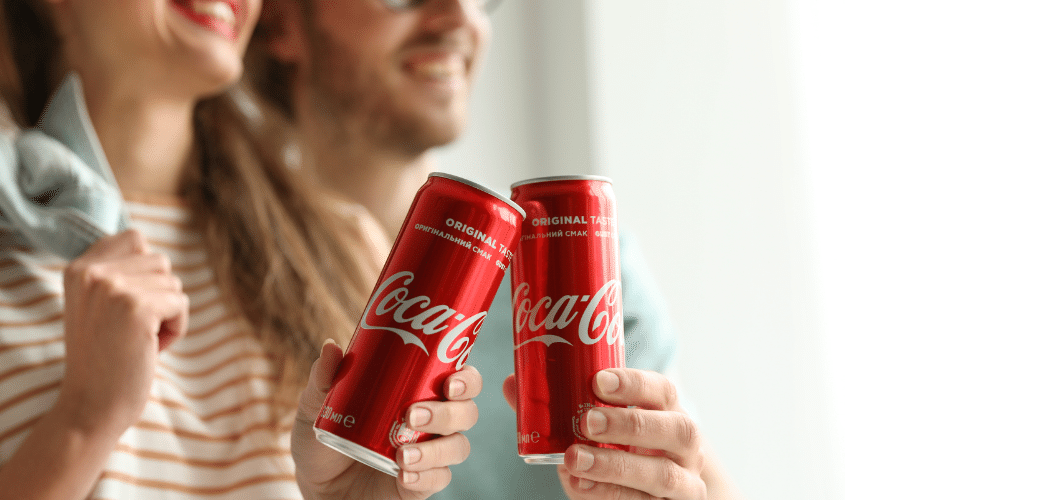When the customer is your toughest competitor, it’s crucial you get everything right.
This may be the thinking of many retailers now packaging up and selling their own in-house innovations, from last-mile fulfillment processes to touchless checkout technology. Recognizing the value of these competitive advantages, a range of retailers, from ThredUp to Amazon AMZN +1.3%, are turning their proprietary tech into revenue streams, and other retailers are the buyers.
But the sellers likely see something of even greater value than sales in some of these collaborations – the shared data and telling customer insights they yield. (As long as it adds value and consumers are willing to share their data in these environments.)
And those insights in turn lead to more effective sales opportunities: Nearly 50% of brands had experienced at least a 4% sales bump from sharing their data with retailers, according to Coresight research (nearly 27% saw a gain of at least 8%).
They’ve Got The Goods – How Retailers Are Cashing In
You can bet retailers are measuring the beyond-cash benefits of selling their innovations, even if it’s to competitors. And even if data insights are not part of the equation, the analysis of how their “clients” use their innovations generates valuable intelligence. Here is how six big-name retailers are boning up their business-to-business portfolios.
Walmart WMT +1% in August 2021 began commercializing its last-mile delivery platform in the form of GoLocal, a fulfillment service that provides white-label delivery for any business, from a neighborhood chocolate shop to a national chain. In October, Home Depot signed up as GoLocal’s first client, followed by fashion retailer Chico’s. The customizable service is part of Walmart’s broader strategy to diversify its revenue sources, Walmart said in a press release. Other initiatives in the strategy include Walmart Fulfillment Services and – announced in July 2021 – a partnership with Adobe Commerce that integrates Walmart’s online, in-store and Marketplace fulfillment technologies. Through it, retailers can access Walmart’s cloud-based services for pickup and delivery and reach customers via the Walmart Marketplace, a community of professional sellers.
ThredUp has learned the value of repurposed goods – it’s reselling its resale platform and related in-house technologies. Its “Resale-as-a-Service” is ready-to-wear, with included product inspections, fulfillment, price analysis and listings to identify the best-fit buyers. The RaaS’s growing list of customers includes Madewell, Athleta, LG, Adidas, Everlane, Hollister and Rent the Runway. According to ThredUp, its RaaS platform has listed 1.73 million items. Some industry observers project the new business could become more lucrative than ThredUp’s secondhand clothing, with revenue projected to reach $300 million by 2025 (its client list rose a reported 30% in 2021). All of those added sales generate specific shopper insights that should help ThredUp more accurately promote its own resale brands and goods.
Amazon in 2020 began selling its cashier-free technology to retailers so their customers can bypass the checkout lanes in stores, just as shoppers do in Amazon Go locations. Those purchase patterns, meanwhile, are likely benefitting Amazon in the form of customer behavior outside its own brand. The bundled tech, called “Just Walk Out,” is now installed in retail settings in Starbucks (in New York), Hudson Nonstop airport stores, TD Garden MRKT Stores (a Boston stadium) and at the supermarket giant Sainsbury’s (UK). The technology also is, not surprisingly, at some of Amazon’s Whole Foods and Amazon Fresh locations. As in the case of Walmart, this service-as-a-business is part of Amazon’s game plan to monetize in-house capabilities. As of November 2021, the cost of operating Just Walk Out was $159,000 in a 1,000-square-foot location, which covers the cost of Amazon’s cloud technology and of remote employees (to verify checkout accuracy and other tasks), but not marketing and merchandising.
Macy’s, Lowe’s and Kroger KR +1.8% are among retailers selling ad placement on their own websites, apps and other digital platforms, using their in-house shopper data as the selling point. These retail media networks are attractive because the outsourced data is expected to more accurately reach target customers, delivering a higher return on marketing dollars. Models differ – Macy’s offers clients the data capabilities of its Star Rewards program; Lowe’s combines its data insights and behavioral predictions for customized ad placement on its digital outlets; and Kroger allows brands to access its customer data on their own or third-party platforms. These media packages are expected to generate a lucrative return-on-investment: eMarketer projects the industry to generate $50 billion by 2023. In 2021, one-fourth of retailers reported revenue gains of more than $100 million from their media networks.
Sharing Services Means Sharing Knowledge. It’s About Time.
No matter who the customer is, retailers know that getting the relationship right takes an optimal understanding of consumers and their needs and then, using that knowledge to create the right experiences. These retail services therefore will be tasked with the same challenges customer services face: a seismic-sensitive gauge to predict operational shifts, a constant eye toward next-stage needs and providing what the customer wants and sometimes what they don't expect – at a value.
This is what one of the toughest industries in business demands. Competition is tough. But it makes retailers tougher, and working together may be the glue that cements the value they can bring.
Bryan Pearson is a Featured Contributor to The Wise Marketer and currently serves as a director and strategic advisor to a number of loyalty-related organizations. He is the former CEO of LoyaltyOne.
This article originally appeared in Forbes. Be sure to follow Bryan on Twitter for more on retail, loyalty, and the customer experience.




